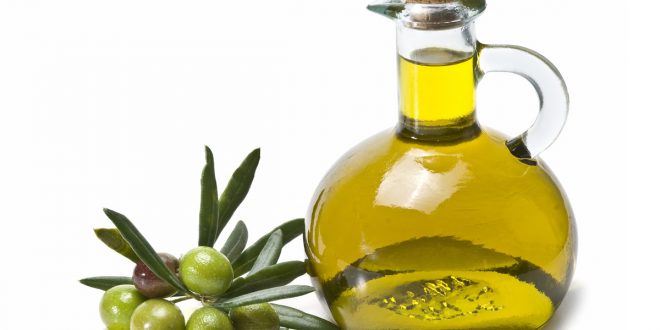
The cultivation of olives is an indispensable part of agriculture in Morocco. However, during this campaign, olive production has declined, which has resulted the Kingdom a drop of one place in the world ranking of olive exports, despite the many efforts of the Green Morocco Plan.
Thus, some experts have looked into the matter and find that the problems stem from the subsidies granted in the sector. “All these efforts concentrated on olive oil and subsidies granted to its sector have distorted the situation and especially disrupted the market of the raw material in favor of oil which also benefited from it”. The table olive has been forgotten in this scheme, which constitutes an obstacle to its international competitiveness. Indeed, since 5 years, Egypt, for example, is starting to stand out and to shine. This is quite surprising when we know that the latter had not even bent over in the olive sector a few years ago.
“Egyptian olive producers and exporters are very much supported by the state, which provides water, free energy and a very competitive workforce. In addition, the Egyptian state has decided to subsidize its food exporters (table olives and citrus fruits). As a result, they have gone from 10th to 5th place,” says Kamal Benkhaled, president of Ficopam.
“Fortunately, in terms of quality, our olive is still better and our expertise too. This is what allows us to remain among the top three exporters, despite all the difficulties we have encountered”. If once Morocco was the second largest exporter in the world, it is now in third position.
The concentration of exporters on a limited number of outlets, including the EU market, which annually absorbs 2/3 of the quantities exported, followed by the United States (25%). A drop in one of these two outlets can be fatal for the industry. Aware of this, processors are looking for new prospects on the markets of the Gulf countries and Russia.


Be the first to comment